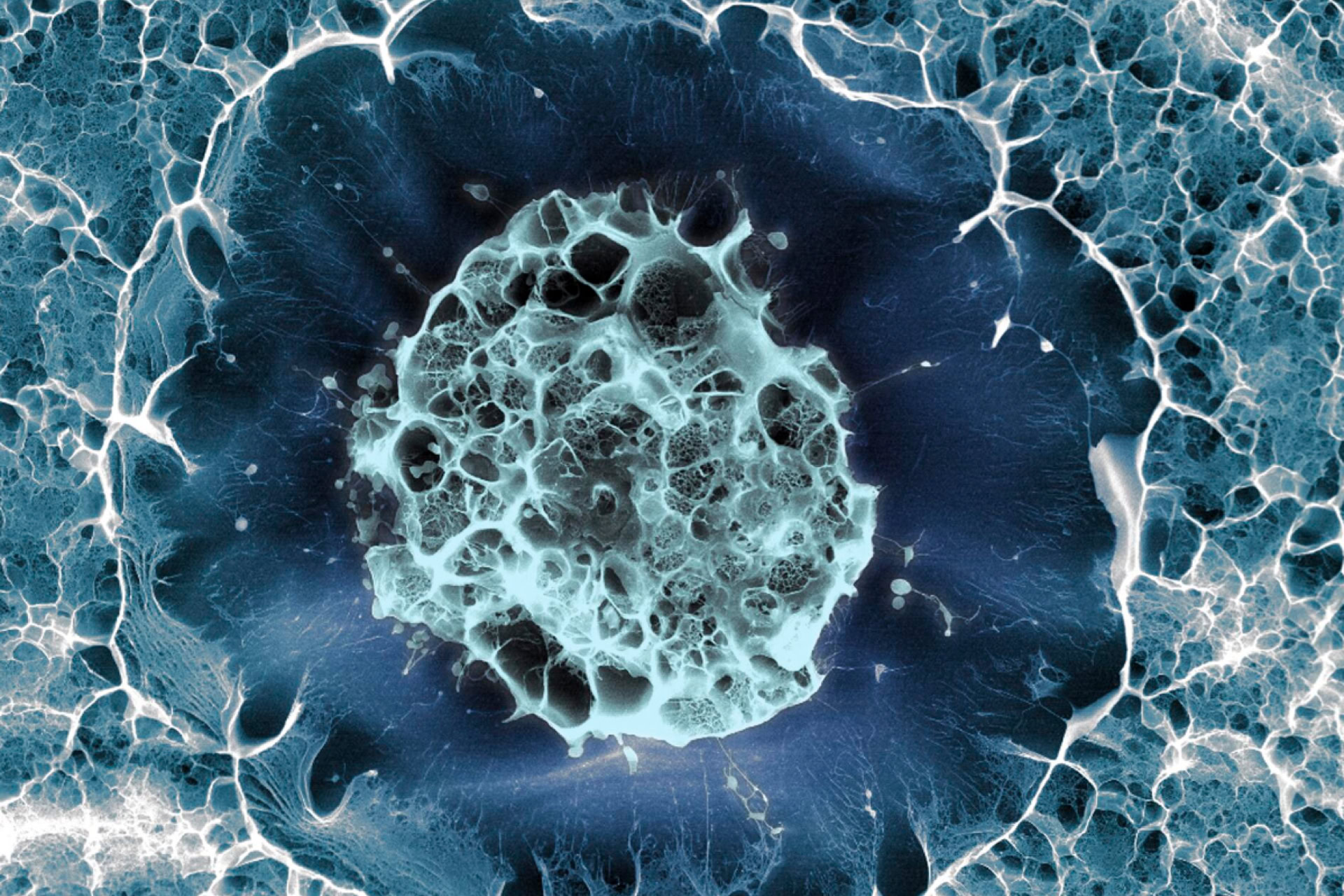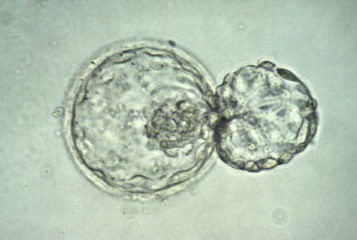Scientists at the University of Rochester, New York, have spectacularly improved the condition of mice with a normally fatal neurological disease, by injecting them with human stem cells. The research was published in the journal Cell: Stem Cell last week, and has positive implications for the treatment of human neurological diseases including multiple sclerosis, Tay-Sachs disease, Krabbs and adrenoleukodystrophy (ALD), amongst others.
Many neurological diseases in humans are associated with a lack of the protein myelin. Myelin coats and insulates the axons of nerve cells, acting like electrical insulation. Axons are the long projections of a nerve cell and a myelin sheath greatly increases the speed at which an impulse passes along the cell. The scientists, led by Professor Steven Goldman, studied mice which do not produce any myelin due to a genetic condition. The mice suffer from shaking, shivering and seizures, as nerve signals do not travel properly from cell to cell. They have a short life expectancy and normally die within 20 weeks.
The researchers developed a new way of injecting human glial progenitor cells into the nervous system of the baby mice. The stem cells, collected from human fetal brain matter, are capable of developing into glial cells, which can produce myelin. So that the human stem cells were not rejected, the immune systems of the mice were suppressed.
All of the mice that were not injected and used as controls died within 20 weeks as expected. However, six of the 26 mice that were injected with human progenitor glial cells survived longer than the control mice, and four of them survived for over a year. These mice produced normal myelin throughout their nervous system and, as they grew, their shaking symptoms and seizures reduced.
The researchers say that the degree of re-myelination, and the reduction of shaking symptoms and seizures is an important breakthrough as it has never been seen before. Professor Goldman said that 'it is extremely exciting to think about not only treating but actually curing a disease'. This technique has the potential to be used as a therapy in human neurological conditions which are associated with myelin loss, but clinical trials are several years away.





Leave a Reply
You must be logged in to post a comment.